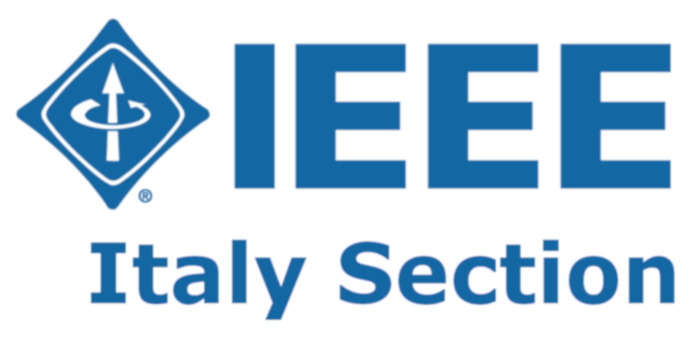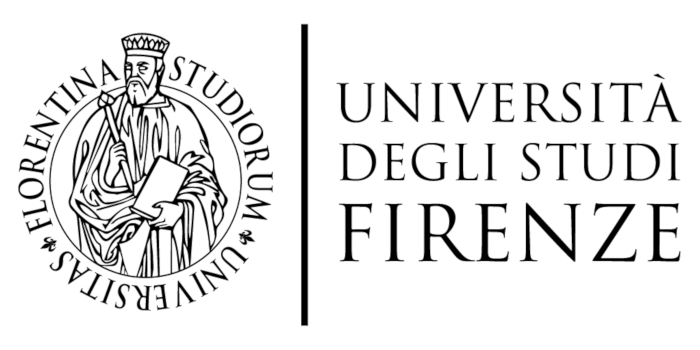COMPLIMENTARY GOODIES
At the conference, the following books will be available (while stocks last).
Contribution to The History of the Royal Swedish Academy of Sciences Series, 42
A Wireless World. One Hundred Years since the Nobel Prize to Guglielmo Marconi by Karl Grandin, Nils Olander, Piero Mazzinghi, Giuseppe Pelosi (In English)

The volume is dedicated to the one hundred years since Guglielmo Marconi was awarded the Nobel Prize (1909). The choice of honoring Marconi in this centennial occasion stems from the huge impact that wireless communications had on society.
The book is divided into four parts covering the life of Marconi and his environment up to the Nobel Prize: “Part I – Documents,” comprehends four contributions tightly linked to the Nobel Prize awarding to Marconi in 1909. “Part II – Marconi road to the Nobel Prize,” proposes some deepening on the work of Marconi before his Nobel Prize, relevant to his scientific education and to particular and not well known events in the years of his first experiments. “Part III – Marconi’s contemporary and later related scientists,” presents Ferdinand Braun, who shared the Nobel Prize with Marconi, as well as other scientists related to wireless communications. “Part IV – Devices and collections in Sweden and Italy,” shows a selection of the cultural heritage, Italian and Swedish, about the history of telecommunications engineering.
The book presents several images and illustrations, some of which published here for the first time.
Historical Notes By the IEEE History Activity Committee – Italy Section
Note 1: “La storia di IEEE in Italia nei primi sessant’anni” by Antonio Savini (In Italian)

Sessant’anni dopo la fondazione della Sezione di Milano di IRE (Institute of Radio Engineers), che poi contribuì a costituire l’attuale IEEE (Institute of Electrical and Electronics Engineers), il primo Quaderno della collana aggiorna e ripresenta, in italiano, una precedente pubblicazione sulle origini e la storia successiva della Sezione italiana di IEEE.
Sixty years after the foundation of the Milan Section of IRE (Institute of Radio Engineers), which later merged to constitute the current IEEE (Institute of Electrical and Electronics Engineers), the first issue of the series of History Notes updates and re-presents, in Italian, a short history of the IEEE Italy Section from its origin to the current time.
Note 2: “Appunti delle lezioni di storia della tecnologia dell’informazione” by Antonio Lepschy (In Italian)

Questa nota presenta la dispensa che Antonio Lepschy, coadiuvato da Alessandro Beghi, aveva predisposto per l’insegnamento di “Storia della Tecnologia dell’Informazione” da lui avviato a Padova negli ultimi anni di ruolo e nel quale aveva profuso la sua vasta cultura sugli aspetti storici delle tecnologie.
This note presents the lecture notes that Antonio Lepschy, assisted by Alessandro Beghi, had prepared for the course “History of Information Technology” which he started in Padua in the last years of his role and in which he had lavished his vast culture on the historical aspects of technologies.
Note 3: “Un percorso espositivo della tecnologia dei calcolatori elettronici” by Giacomo Bucci (In Italian)

Presso la Scuola di Ingegneria dell’Università degli studi di Firenze è in corso di allestimento una sorta di museo di Calcolatori Elettronici, allo scopo di rendere visibili agli studenti gli apparati e i dispositivi informatici del passato remoto e recente.
È stata scelta la denominazione di “Percorso espositivo attraverso la tecnologia”, nell’intento di rendere palese l’evoluzione tecnologica: si va dal regolo calcolatore e dalle macchine calcolatrici elettromeccaniche ai sistemi server e ai calcolatori personali.
At the school of Engineering of the University of Florence a sort of museum of computing machines is underway. The aim is to present students with past and current devices belonging to the field of information science.
The title of the exhibit is “An exposition path across technology,” to make evident the evolution of computer technology along the years: from the slide rule and some electromechanical machines to servers and modern personal computers.




